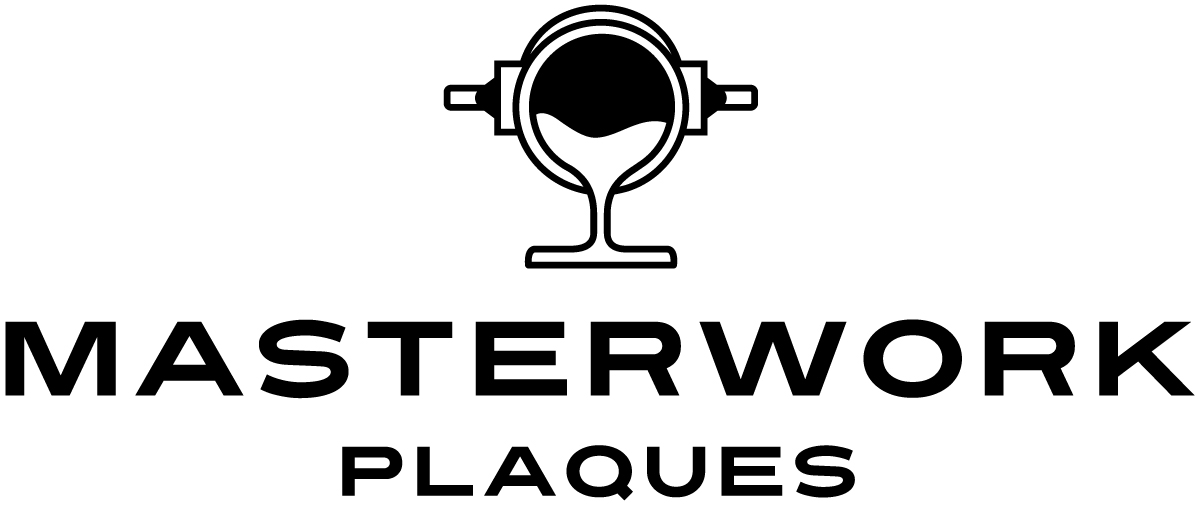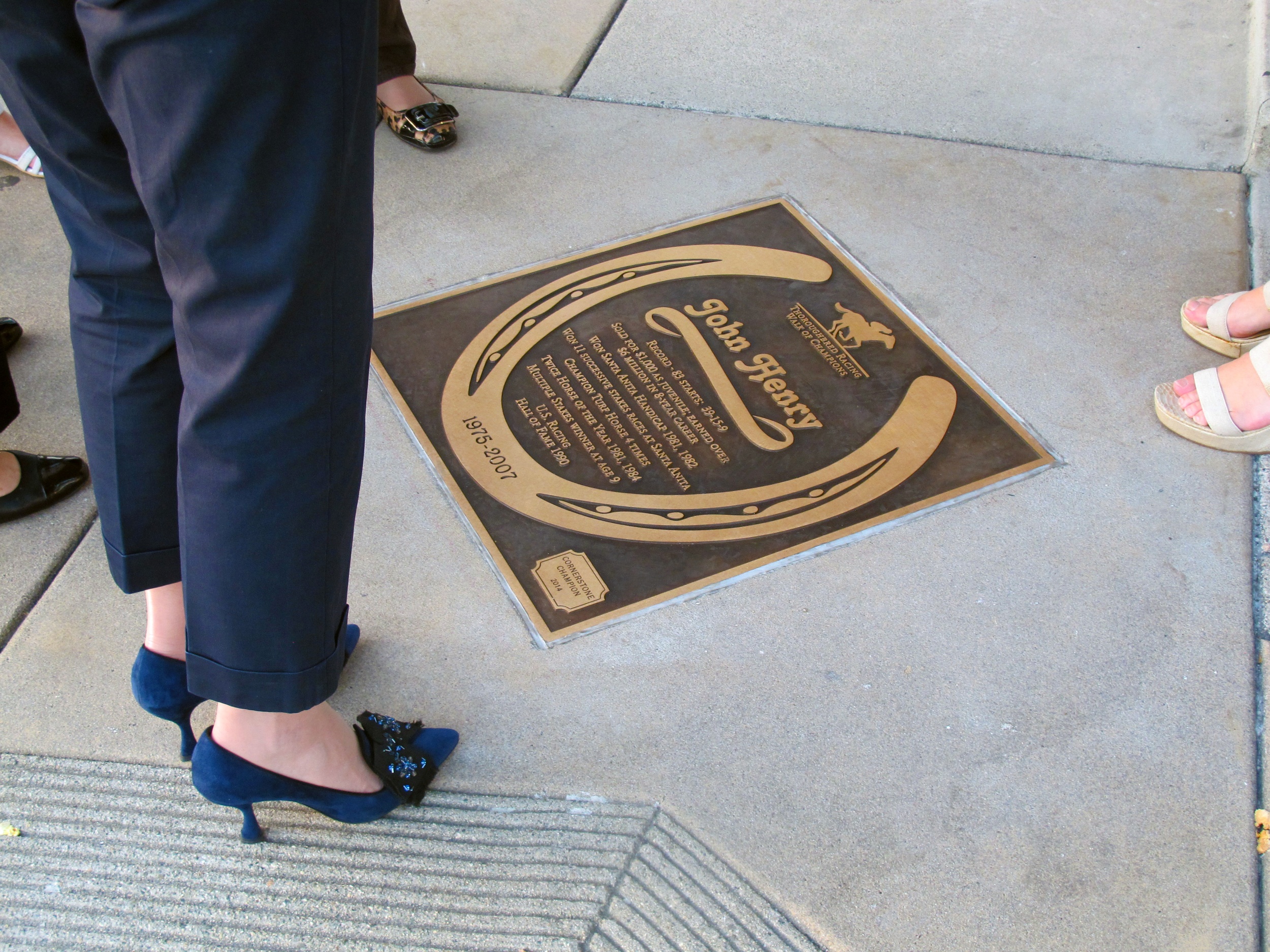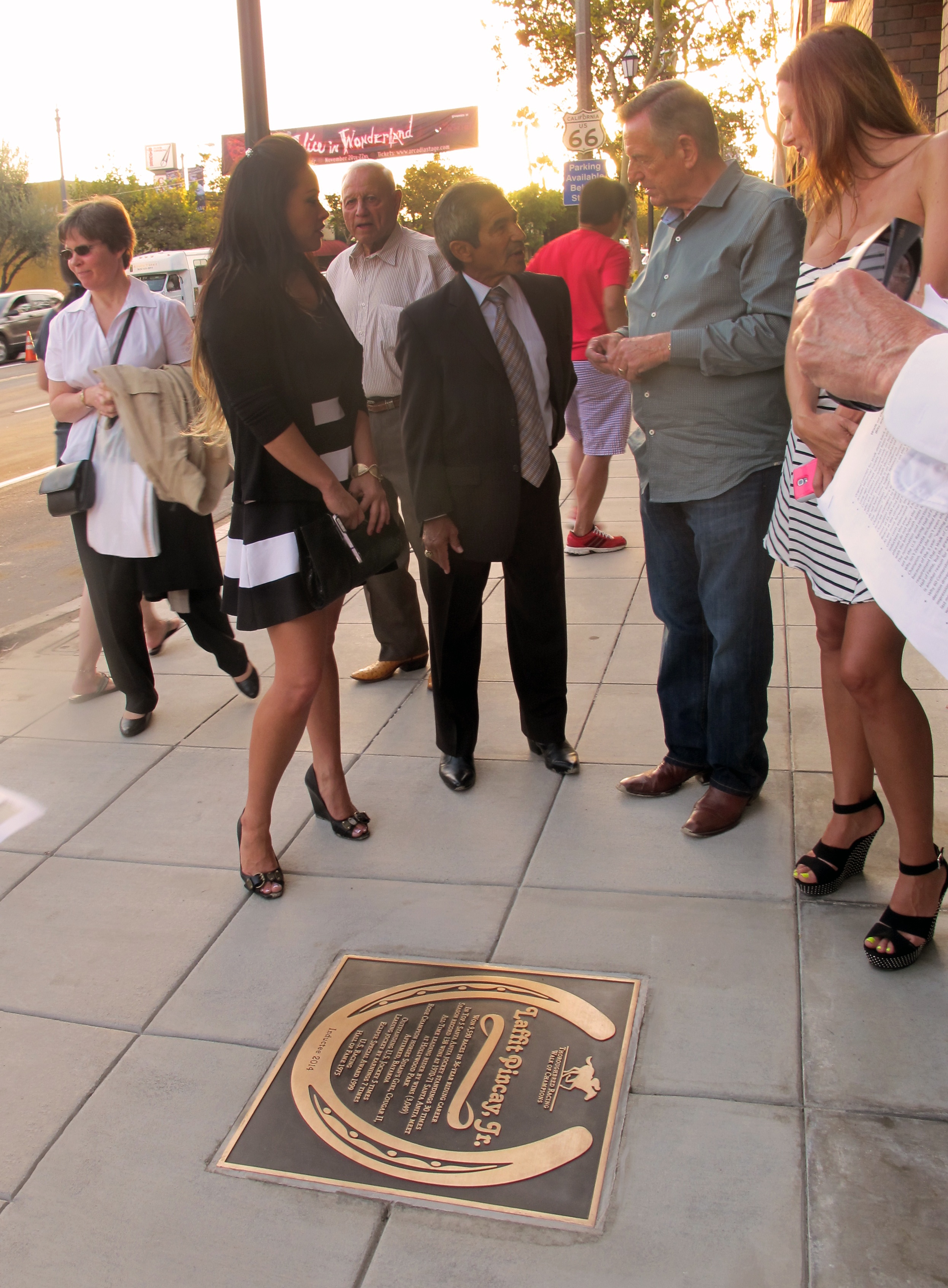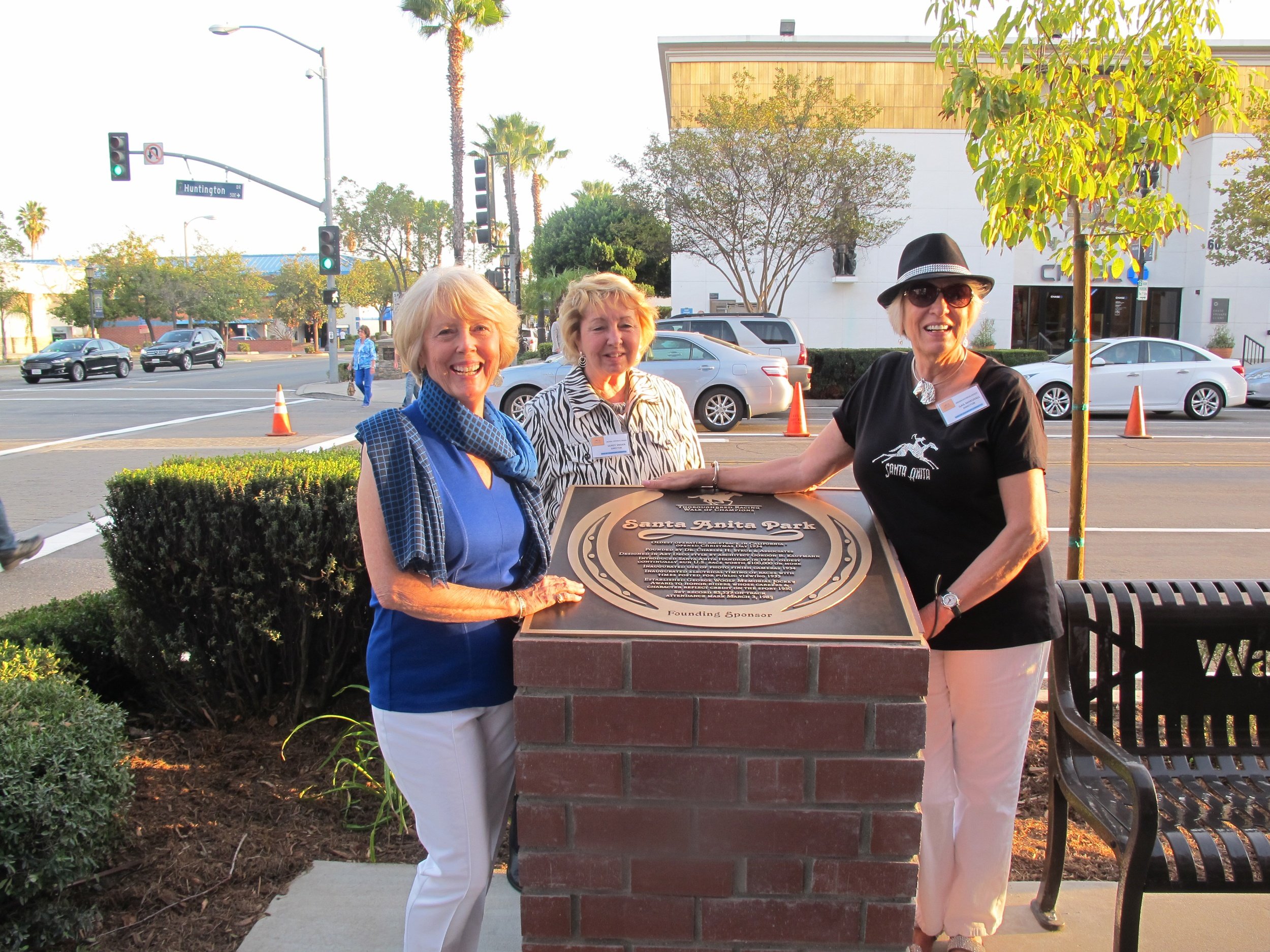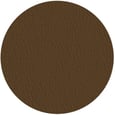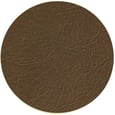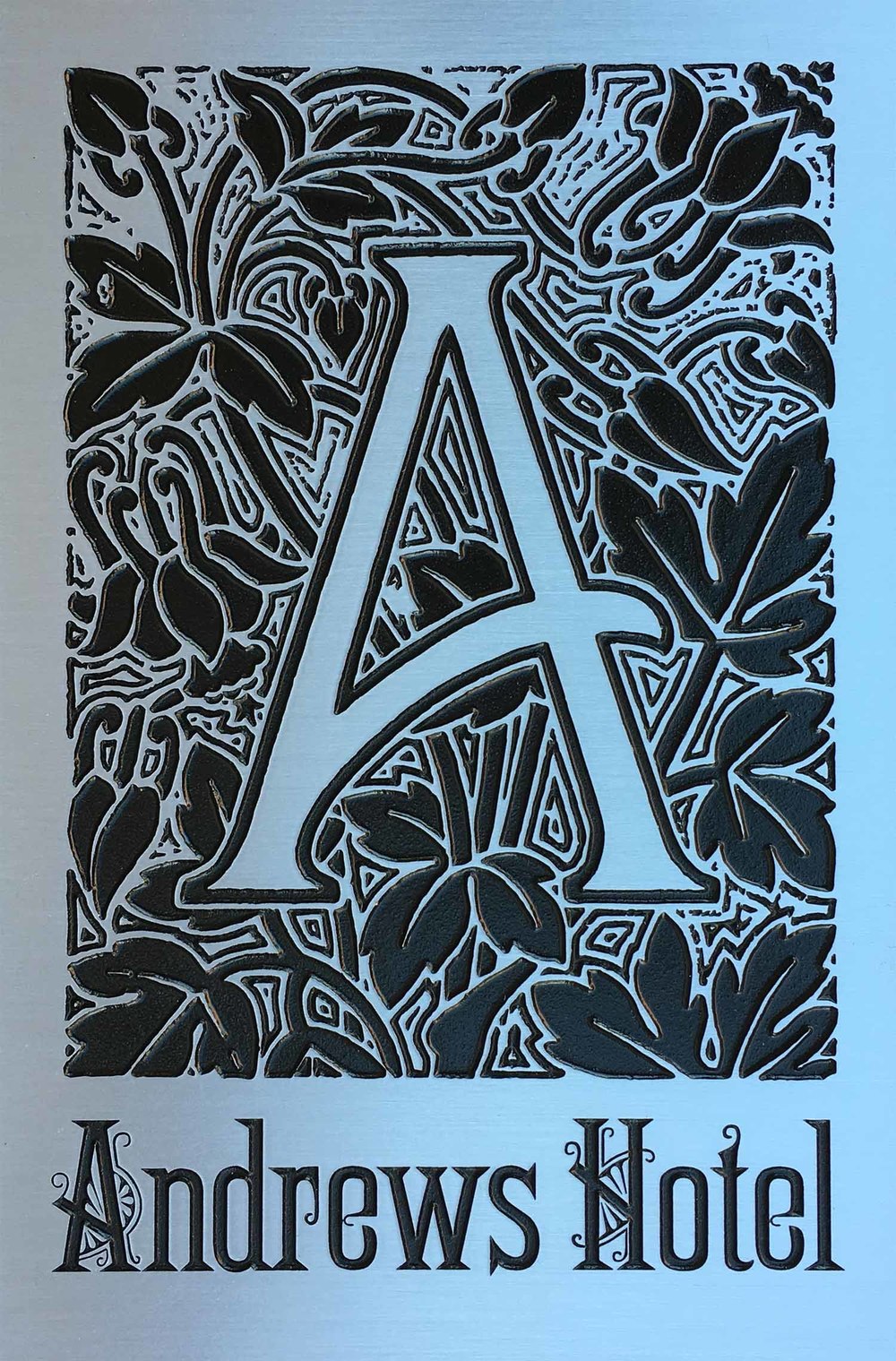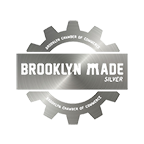LAFD Metro Fire Communications Center on Temple Street, Los Angeles, CA
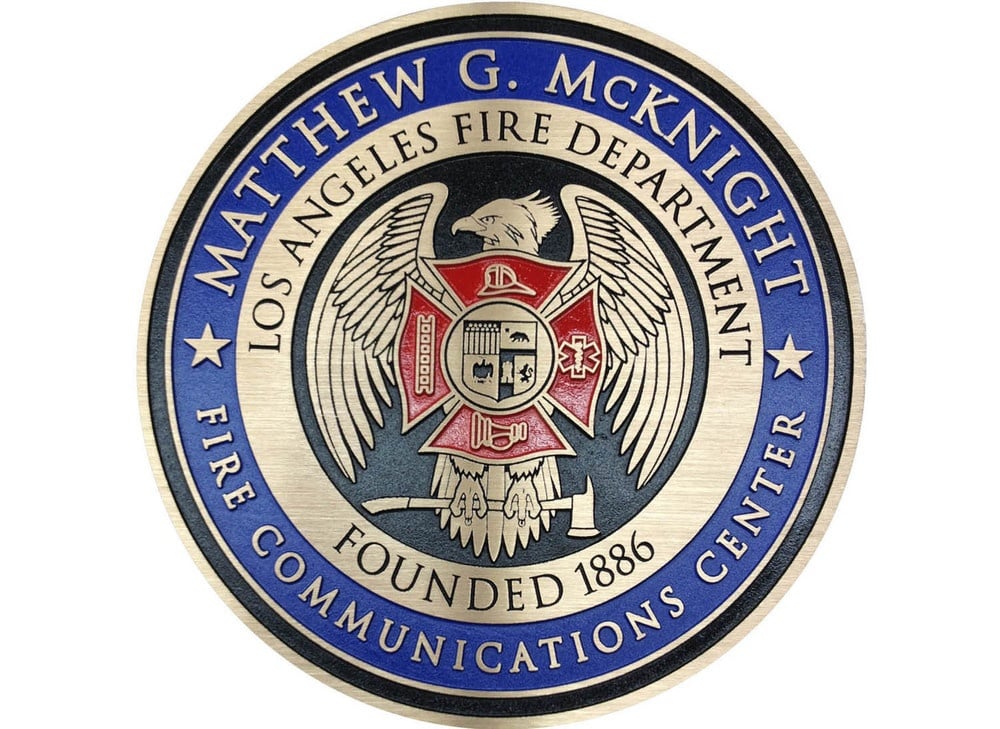
Commissioned by the Los Angeles Fire Department, these bronze castings memorialize Captain Matthew McKnight, a fallen firefighter and 31-year veteran of the LAFD. The twelve inch diameter medallions were created in cast bronze, using the logo of the city's fire department. Based on the preferences of the client, the medallion was filled with three different paint colors, rather than a standard chemical patina.

In addition to the bronze medallion, a larger plaque was created for a memorial wall dedicated in McKnight's name. This central plaque includes the circular memorial medallion and an illustration of McKnight's personal captain's badge. This illustration was created based off of a photograph provided by the client, and replicated by our designers at our studio. The black areas are translated into raised bronze colored areas on the finished plaque, whereas the white areas are translated as recessed and become the same level as the plaque's background. Masterwork Plaques can translate any object, landscape or portrait into a flat relief illustration using this technique.
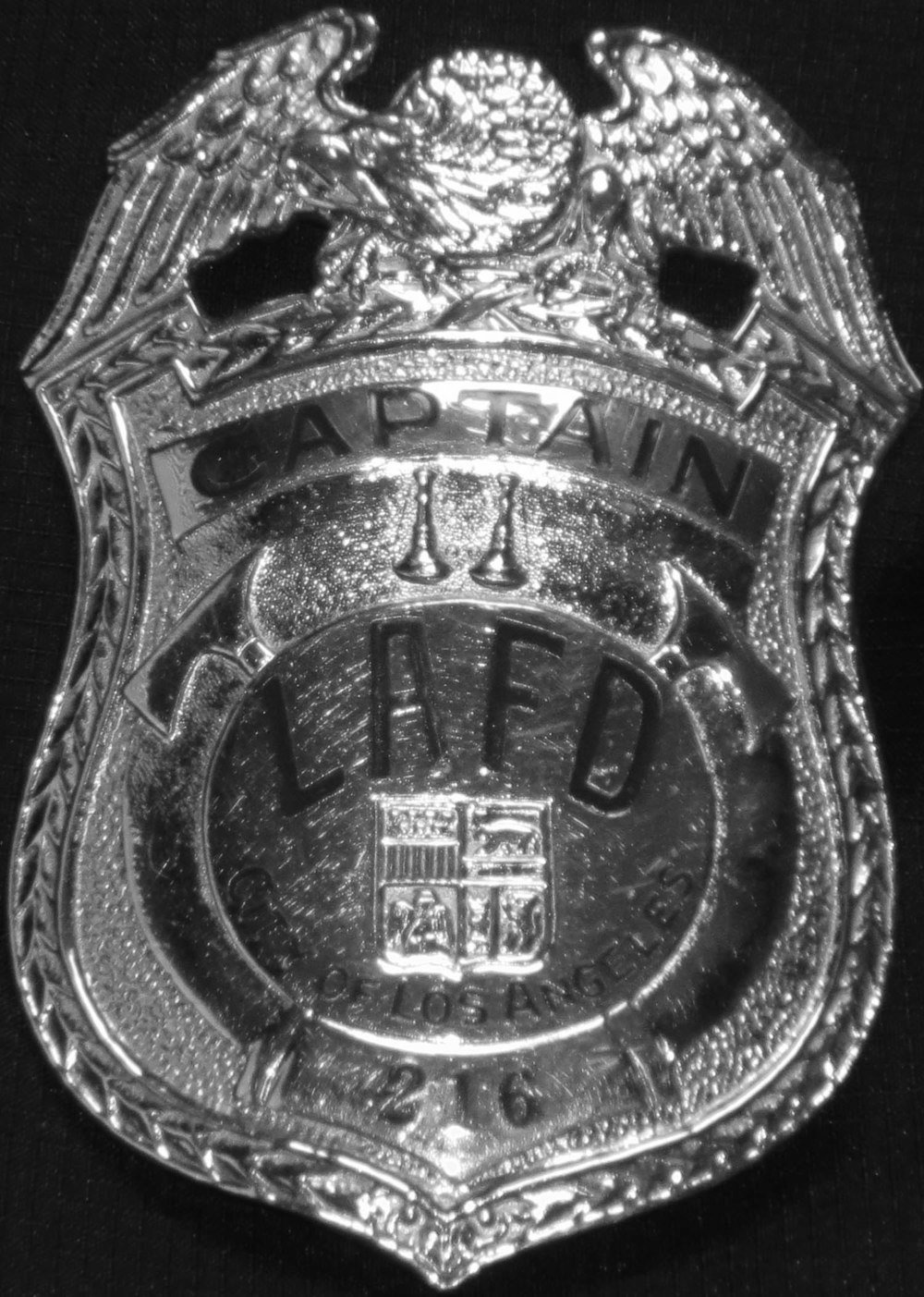 LAFD Badge, Photograph courtesy of the LAFD
LAFD Badge, Photograph courtesy of the LAFD
 Studio Illustration with McKnight's badge number
Studio Illustration with McKnight's badge number
Donations can be made to the LAFD website in honor of Captain McKnight on their donations page.
